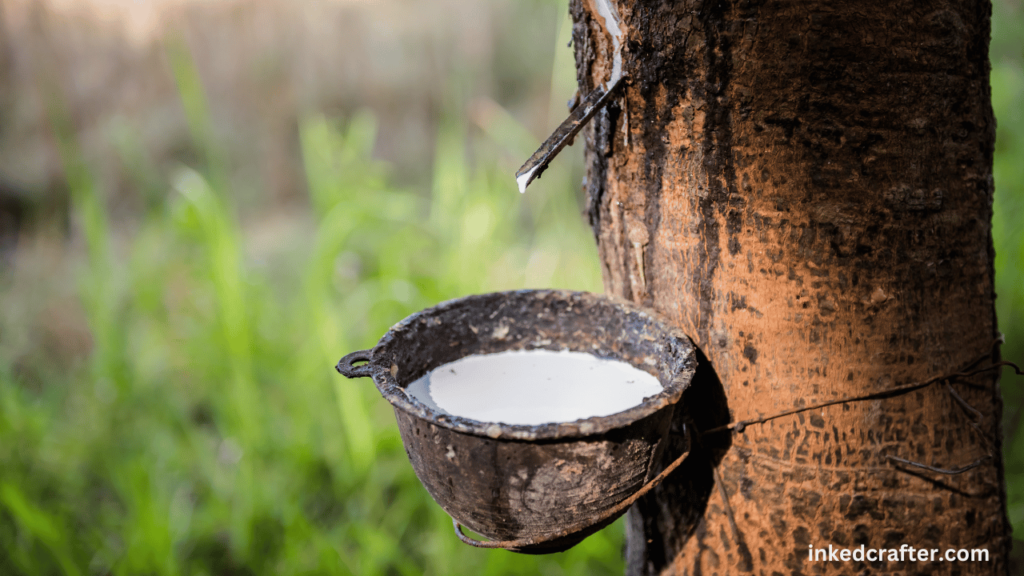So, you’ve got some painting to do, but you’re not quite sure about mixing oil-based paint with latex. It’s a common dilemma for many beginners, but fear not! In this guide, we’ll break down whether it’s okay to use oil-based paint over latex and what you need to know before picking up that paintbrush.

Contents
- 1 Understanding Latex and Oil-Based Paints
- 2 Can You Paint Oil-Based Paint Over Latex?
- 3 Priming the Surface
- 4 Testing Compatibility
- 5 Considerations and Tips
- 6 Conclusion
- 7 FAQs
- 8 1. Can I directly apply oil-based paint over latex without any preparation?
- 9 2. How do I know if the oil-based paint will adhere well to the latex surface?
- 10 3. Do I need to use a primer before painting oil-based paint over latex?
- 11 4. How should I prepare the surface before painting oil-based paint over latex?
- 12 5. Are there any safety precautions I should take when working with oil-based paint?
Understanding Latex and Oil-Based Paints
Before we dive into whether you can mix these two types of paint, let’s understand what they are. Latex paint, also known as water-based paint, is made from synthetic polymers and is known for its ease of use, quick drying time, and easy cleanup with water. On the other hand, oil-based paint, as the name suggests, is made from natural or synthetic oils and offers a durable and glossy finish.
Can You Paint Oil-Based Paint Over Latex?
The short answer is yes, you can paint oil-based paint over latex, but there are some important factors to consider. First and foremost, proper preparation is key. You’ll need to ensure that the surface is clean, dry, and free of any dust or debris. This might involve sanding down the latex paint slightly to create a rough surface for the oil-based paint to adhere to.
Priming the Surface
To improve adhesion and ensure the best results, it’s recommended to use a primer before applying oil-based paint over latex. A bonding primer specifically designed for use with both latex and oil-based paints will help create a strong bond between the two layers and prevent any potential peeling or flaking in the future.
Testing Compatibility
Before diving headfirst into your painting project, it’s a good idea to do a small test patch to ensure compatibility between the latex and oil-based paints. Simply apply a small amount of the oil-based paint over a small area of the latex-painted surface and allow it to dry completely. If the paint adheres well and shows no signs of peeling or bubbling, you’re good to go!
Considerations and Tips
- Ventilation: When working with oil-based paints, ensure proper ventilation in the area to avoid inhaling harmful fumes.
- Cleanup: Unlike latex paint, oil-based paint requires mineral spirits or paint thinner for cleanup, so be sure to have these on hand.
- Drying Time: Oil-based paint takes longer to dry compared to latex, so be prepared for a longer wait before applying additional coats or handling the painted surface.

Conclusion
While it’s possible to paint oil-based paint over latex, the necessary steps must be taken to ensure proper adhesion and a successful outcome. With the right preparation, priming, and testing, you can achieve a beautiful and durable finish for your painting projects.
FAQs
1. Can I directly apply oil-based paint over latex without any preparation?
It’s not recommended to apply oil-based paint directly over latex without proper preparation. Latex paint has a smooth surface that may not provide adequate adhesion for the oil-based paint. Sanding the latex paint slightly and using a bonding primer designed for both latex and oil-based paints is essential for better results.
2. How do I know if the oil-based paint will adhere well to the latex surface?
Before starting your painting project, it’s a good idea to do a compatibility test. Apply a small amount of oil-based paint over a small area of the latex-painted surface and allow it to dry completely. If the paint adheres well without peeling or bubbling, it indicates good compatibility.
3. Do I need to use a primer before painting oil-based paint over latex?
Using a primer is highly recommended before applying oil-based paint over latex. A bonding primer designed for both latex and oil-based paints helps create a strong bond between the two layers, improving adhesion and preventing peeling or flaking in the future.
4. How should I prepare the surface before painting oil-based paint over latex?
Proper surface preparation is crucial for a successful painting project. Ensure that the surface is clean, dry, and free of any dust or debris. Lightly sanding the latex paint to create a rough surface for better adhesion is also recommended.
5. Are there any safety precautions I should take when working with oil-based paint?
When working with oil-based paint, ensure proper ventilation in the area to avoid inhaling harmful fumes. Additionally, use gloves and protective eyewear to protect your skin and eyes. Cleanup of oil-based paint requires mineral spirits or paint thinner, so make sure to have these materials on hand.






